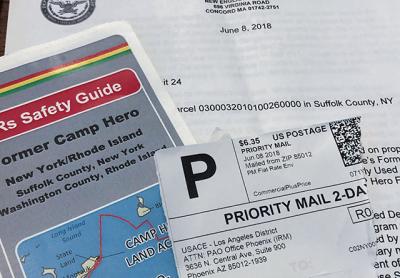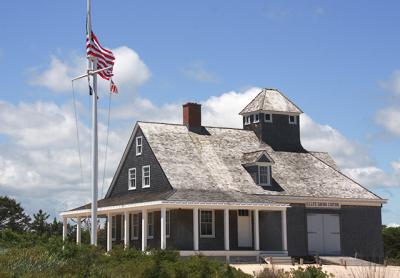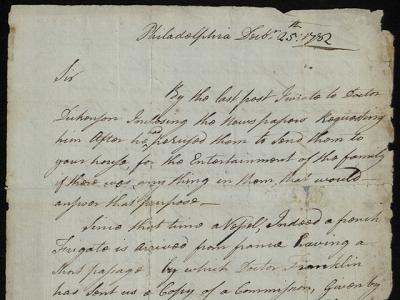Shop and Dine for Lyme
Shop and Dine for Lyme
Concern about what has been described as an unusually large number of ticks this spring — and the potential for increased instances of Lyme disease — has given rise to a first-time fund-raising effort by stores and restaurants on the North and South Forks.
East End Shop and Dine to End Lyme Disease happens on Saturday, with participants having pledged a percentage of the day’s proceeds, or a fixed sum, to the Global Lyme Alliance, a nonprofit organization dedicated to conquering Lyme and other tick-borne illnesses through research, education, and awareness.
Elizabeth Rasor, a teacher who lives in Sag Harbor and is one of the South Fork’s many residents afflicted with Lyme disease, is grappling with its effects more than three years after she was infected. She and Kinzey Fritz, who lives on the North Fork and in New York City and also has Lyme disease, have spearheaded the Shop and Dine fund-raiser. Businesses interested in participating have been asked to send an email to [email protected] or visit the Global Lyme Alliance website at globallymealliance.org.
In Montauk, Gosman’s Restaurant, Shagwong Tavern, the Montauk Corner Store, and Deep Blue Vintage at the Montauket are among participants. Cavaniola’s Gourmet in Amagansett, the Smokin’ Wolf in East Hampton, Fairway restaurant at the Poxabogue Golf Center in Sagaponack, and Stand Wellness in Water Mill are also participants, as are Sagtown Coffee, Romany Kramoris Gallery, and Around Again in Sag Harbor. More than 10 businesses on the North Fork are taking part.
“We encourage people to patronize these establishments on Saturday,” Ms. Rasor said. “We are very happy with the showing for our first fund-raiser and are confident that it will grow in the coming years.” A fall event is also being planned, she said.
The Global Lyme Alliance holds events in Manhattan and Greenwich, Conn., where it is based, and has honored and received support from high-profile individuals, including the singer Rob Thomas and his wife, Marisol, who has suffered from Lyme disease for 15 years; the model and television personality Yolanda Hadid and her daughter, the model Bella Hadid, the fashion designer Joseph Abboud, and Ally Hilfiger, the fashion designer Tommy Hilfiger’s daughter, who wrote “Bite Me: How Lyme Disease Stole My Childhood, Made Me Crazy, and Almost Killed Me.”







